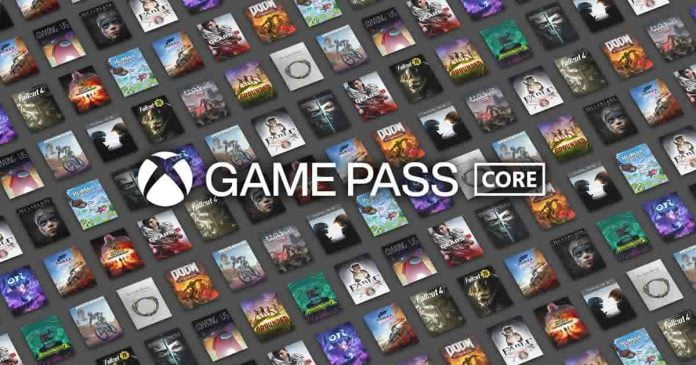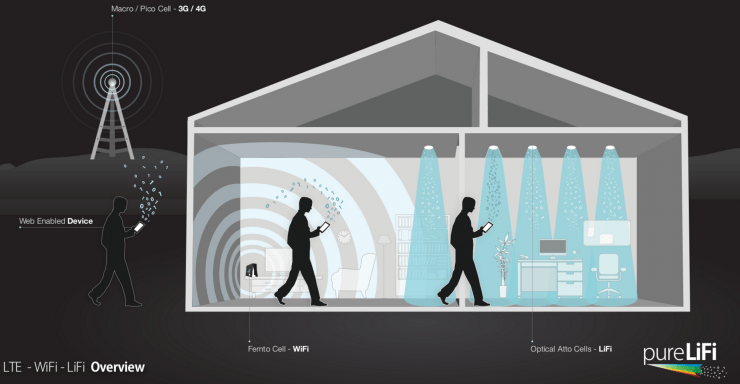Are you curious about the transformative power of SaaS development? How can this innovative approach revolutionize the way businesses operate in today’s digital landscape? Join us on a journey of exploration as we delve into Software as a Service (SaaS) and its significant impact on businesses across industries.
Contents
The Rising Tide Of SaaS Development
SaaS development has gained tremendous momentum in recent years, captivating the business world with its myriad benefits. SaaS, a cloud-based software delivery model, allows organizations to access and utilize powerful applications over the Internet, eliminating the need for extensive hardware infrastructure and on-premises software installations.
Enhanced Efficiency And Cost Savings
One of the most compelling advantages of SaaS development is its ability to enhance efficiency and streamline business processes. Organizations can bid farewell to time-consuming software installations and costly maintenance with SaaS solutions. Instead, they can access robust software applications instantly, enabling swift deployment and reducing operational costs significantly.
Seamless Scalability And Flexibility
Is your business experiencing rapid growth? SaaS development offers the perfect solution. SaaS’s scalability allows organizations to expand their software usage as their needs evolve seamlessly. Whether you need to accommodate a growing user base or integrate additional functionalities, SaaS platforms are designed to adapt effortlessly, keeping your business ahead of the curve.
Enhanced Collaboration And Accessibility
In today’s interconnected world, collaboration is key. SaaS development empowers businesses to foster seamless team collaboration, regardless of physical location. Team members can access shared applications and data through cloud-based platforms, facilitating real-time collaboration and enhancing productivity. Say goodbye to version control issues and welcome the era of unified teamwork.
Data Security And Reliability
Data security is paramount in the digital age. SaaS development offers robust security measures, ensuring your sensitive information remains protected. Reputable SaaS providers employ stringent security protocols, including data encryption, regular backups, and compliance with industry regulations. Trustworthy SaaS solutions guarantee a reliable and secure environment for your valuable data.
Continuous Updates And Innovation
Embracing SaaS development means you no longer worry about software obsolescence. SaaS providers are responsible for continuous updates and upgrades, ensuring you always have access to the latest features and functionalities. This constant innovation helps your business stay agile and competitive in a rapidly evolving marketplace.
- Stay Agile with Regular Software Updates:
SaaS development ensures businesses can access continuous updates for their software applications. These updates include bug fixes, performance enhancements, and integrating new features, allowing organizations to stay agile and up-to-date with the latest advancements.
- Leveraging Latest Features and Functionalities:
SaaS development enables businesses to leverage the software provider’s most recent features and functionalities. By regularly incorporating innovation into their products, SaaS providers ensure clients can access cutting-edge tools and capabilities, giving them a competitive edge in the market.
Integration Capabilities
Are you concerned about integrating SaaS solutions with your existing software ecosystem? Fear not! SaaS development focuses on seamless integration, allowing businesses to effortlessly connect their SaaS applications with other essential software systems. Integration capabilities empower organizations to leverage their existing investments while benefiting from the power and convenience of SaaS.
- Seamless Integration with Existing Software Systems:
SaaS development emphasizes seamlessly integrating with an organization’s existing software ecosystem. Businesses can connect their SaaS applications with pre-existing software systems, such as customer relationship management (CRM) platforms or accounting software, without encountering significant compatibility issues.
- Maximizing Existing Investments with SaaS Integration:
Integration capabilities allow businesses to maximize the value of their existing software investments. By integrating SaaS solutions with their current systems, organizations can leverage the benefits of SaaS while leveraging the functionality and data sorted in their established software, optimizing their overall operational efficiency and productivity.
Conclusion
As we conclude our exploration of SaaS development, it becomes clear that this innovative approach has forever changed how businesses operate. From enhanced efficiency and cost savings to seamless scalability and collaboration, SaaS offers many advantages businesses cannot overlook. By embracing SaaS development, organizations can unlock their true potential and pave the way for a more productive, secure, and future-proof business environment.
SaaS development is a beacon of technological advancement in this digital era, enabling businesses to thrive in an ever-changing landscape. Embrace the power of SaaS and join the ranks of forward-thinking organizations revolutionizing how we work, collaborate, and succeed.











